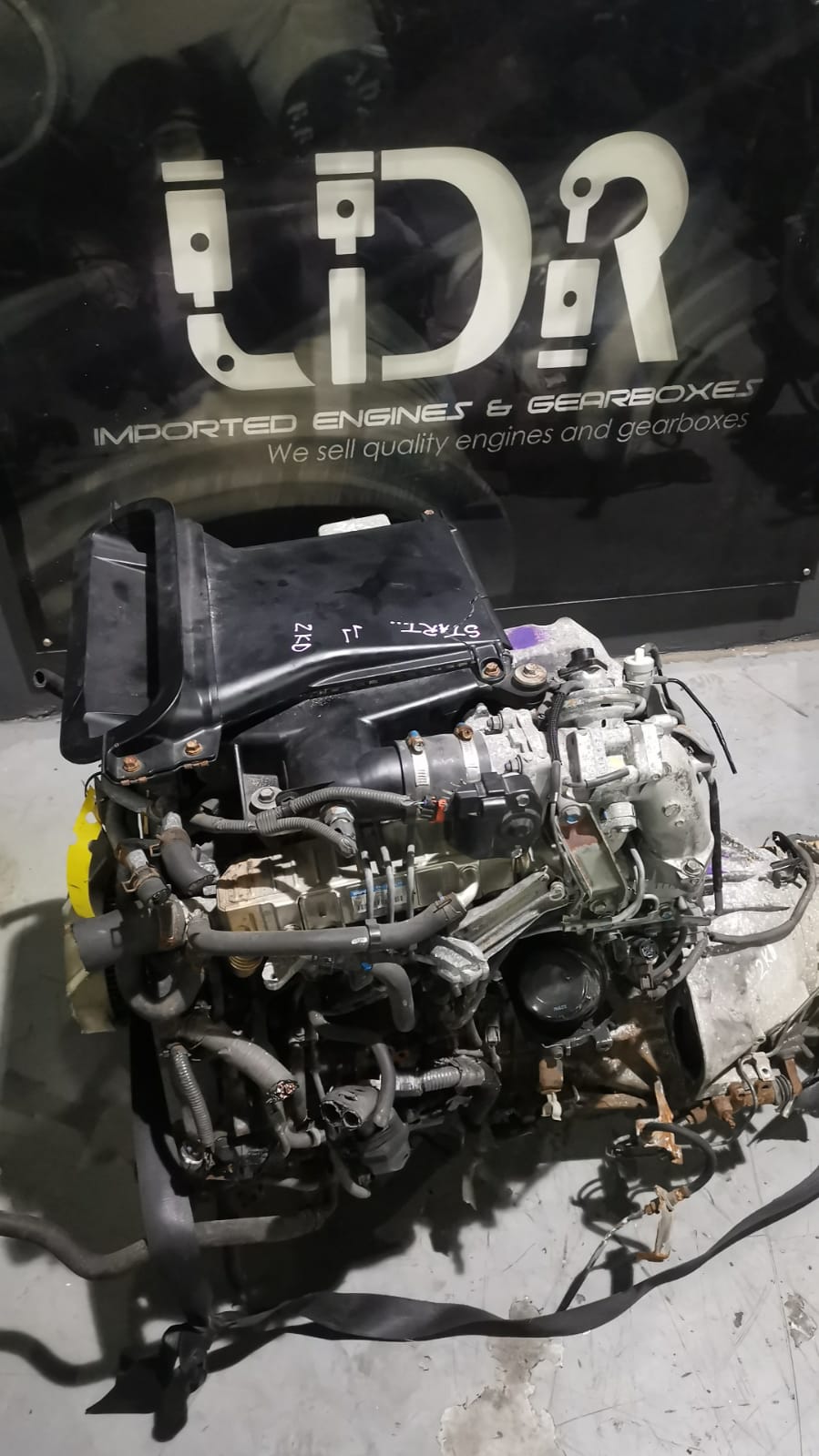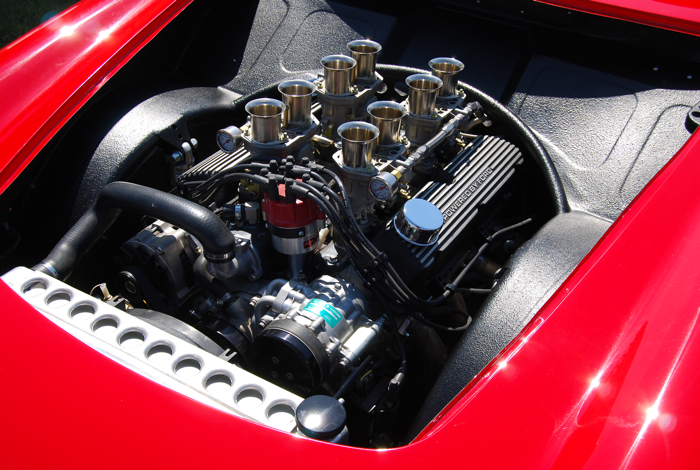How to Pick the Right Opel Corsa Engine for Your Cars and truck
How to Pick the Right Opel Corsa Engine for Your Cars and truck
Blog Article
Comprehensive Review of a Subcompact Vehicle's Powertrain Capabilities
In the world of automobile design, the powertrain of a subcompact auto stands as an important nexus where development, performance, and performance assemble. From the engine's unrelenting search of ideal performance to the transmission's smooth choreography of power distribution, every aspect plays a vital function in defining the general driving experience.
Engine Efficiency Evaluation
In analyzing the engine performance of the subcompact car, an extensive evaluation exposes its performance and power output under different driving conditions. The subcompact automobile's engine, a vital component of its powertrain system, shows good efficiency metrics. The engine's efficiency is notable, as it optimizes gas intake without jeopardizing power delivery. Under typical driving problems, the engine runs efficiently, showcasing an equilibrium in between performance and gas economy.
Furthermore, when based on extensive screening situations such as high-speed acceleration or uphill climbs up, the engine shows resilience and responsiveness. Its power result stays constant, providing adequate velocity when needed. The subcompact automobile's engine is tailored to meet the needs of city driving, where quick acceleration and nimble maneuverability are essential.
Additionally, the engine's style includes modern-day innovations that boost its efficiency features. Functions like turbocharging or variable shutoff timing add to boosted power distribution and torque, boosting the general driving experience. To conclude, the engine performance of the subcompact cars and truck underscores its capability to deliver trusted and effective power output throughout numerous driving problems.
Transmission Performance Analysis
Evaluating the subcompact car's transmission effectiveness involves examining its performance in transmitting power perfectly throughout different driving conditions. The efficiency of a transmission system is critical as it straight influences the overall performance and gas economy of the automobile. In examining transmission efficiency, elements such as equipment ratios, change timing, and the smoothness of gear adjustments are considered. A properly designed transmission system should successfully deliver power from the engine to the wheels while reducing power losses.
One common method made use of to review transmission effectiveness is with dynamometer screening, where the power output from the engine is determined at the input and result shafts of the transmission. Discrepancies between input and result power can indicate the degree of performance of the transmission system. In addition, real-world driving tests are carried out to evaluate how the transmission performs in useful circumstances. By analyzing these elements, designers can identify areas for enhancement and enhance the transmission system for better overall efficiency and effectiveness.
Fuel Effectiveness Assessment
The assessment of the subcompact auto's fuel efficiency involves a detailed evaluation of its consumption rates under various driving problems. Fuel efficiency is an important consider assessing the general performance and cost-effectiveness of a vehicle. By measuring the amount of gas consumed each range traveled, commonly expressed as miles per gallon (MPG) or litres per 100 kilometers (L/100 km), the efficiency of the subcompact vehicle's powertrain can be figured out.

In addition, innovations in technology, such as crossbreed systems, regenerative braking, and automated start-stop systems, have actually substantially enhanced fuel performance in modern-day subcompact autos. Makers remain to introduce and optimize powertrain parts to improve fuel efficiency while satisfying performance demands and environmental guidelines. Evaluating a subcompact vehicle's fuel efficiency gives beneficial understandings for customers seeking affordable and sustainable transportation solutions.
Acceleration and Handling Evaluation
An integral aspect of reviewing the performance capacities of a subcompact car lies in examining its acceleration and managing features. Velocity is important as it identifies exactly how rapidly the car can reach wanted rates, influencing overall driving experience and maneuverability in numerous web traffic conditions. opel corsa engine. Subcompact automobiles are commonly favored for their nimbleness and agility, making velocity from standstill and during overtaking maneuvers necessary factors to think about
When it involves managing, a subcompact cars and truck's capacity to browse edges, keep security at high rates, and give a responsive guiding feel are extremely important. Limited city streets and winding roads call for precise handling to make sure driver confidence and security. Elements such as suspension adjusting, hop over to these guys weight circulation, and tire hold play significant functions in identifying a subcompact car's overall handling expertise.

Powertrain Elements Summary
Upon delving right into the ins and outs of a subcompact vehicle's performance, a detailed assessment of its powertrain elements is essential to understand the automobile's mechanical bases. The powertrain of a subcompact automobile typically is composed of the engine, transmission, driveshaft, differential, and axles. Recognizing how these elements function with each other is critical in examining a subcompact automobile's total efficiency, performance, and driving characteristics.
Final Thought
In verdict, the subcompact cars and truck's powertrain capabilities have actually been completely examined in terms of engine efficiency, transmission effectiveness, fuel velocity, performance, and handling. The detailed testimonial highlights the relevance of each element interacting seamlessly to provide optimum efficiency. In general, the powertrain elements of the subcompact automobile have actually been found to be well-balanced and efficient, making it a trustworthy selection for motorists seeking a compact and fuel-efficient automobile.
In the world of automotive design, the this contact form powertrain of a subcompact vehicle stands as an essential nexus where effectiveness, development, and efficiency assemble.In evaluating the engine efficiency of the subcompact vehicle, a thorough evaluation discloses its effectiveness and power outcome under numerous driving problems.Assessing the subcompact car's transmission performance entails evaluating its performance in transmitting power effortlessly across numerous driving problems. Comprehending how these components work together is critical in evaluating a subcompact vehicle's overall efficiency, performance, and driving dynamics.In verdict, the subcompact automobile's powertrain capacities have site link actually been completely analyzed in terms of engine performance, transmission performance, gas velocity, effectiveness, and handling.
Report this page